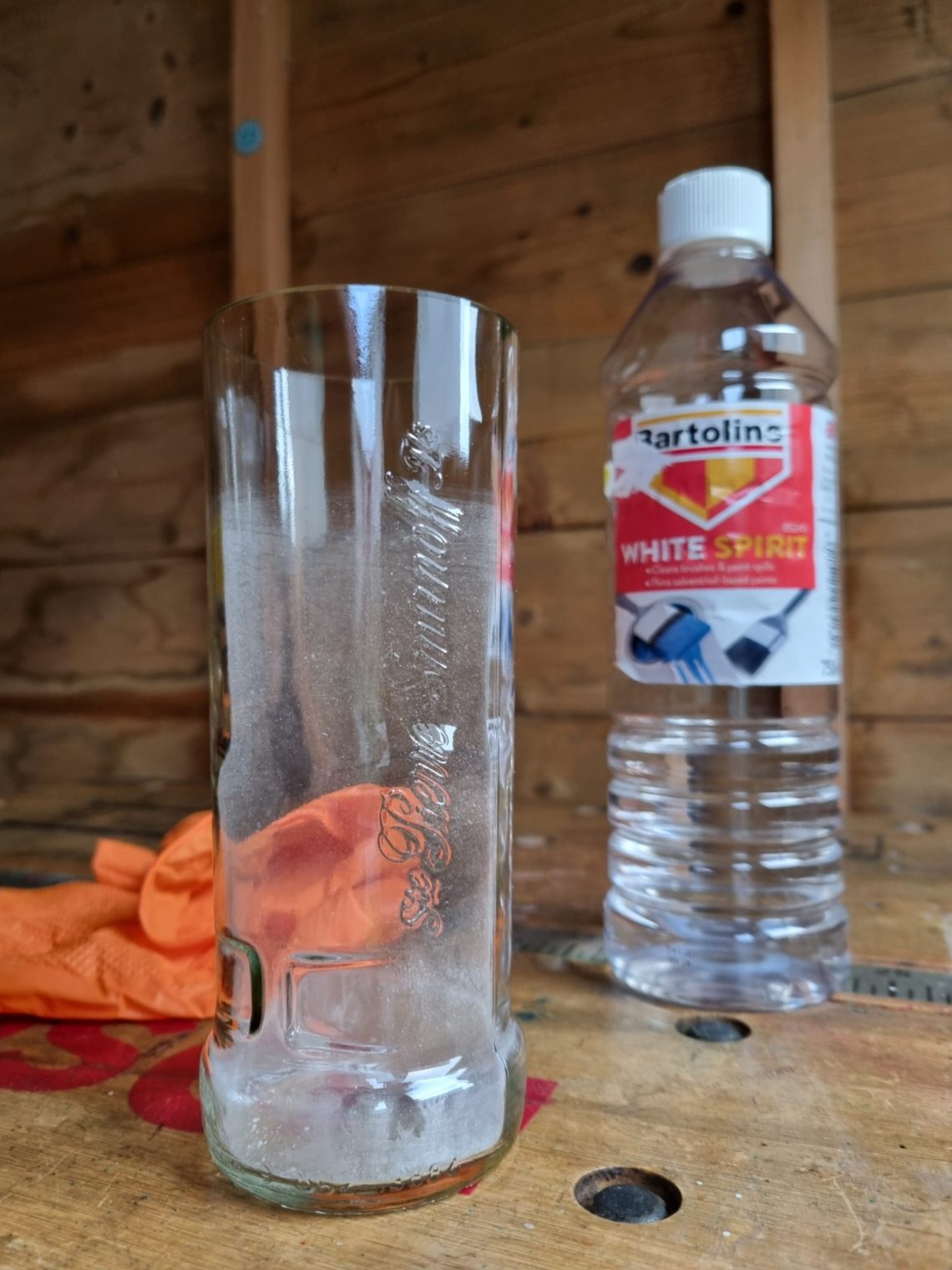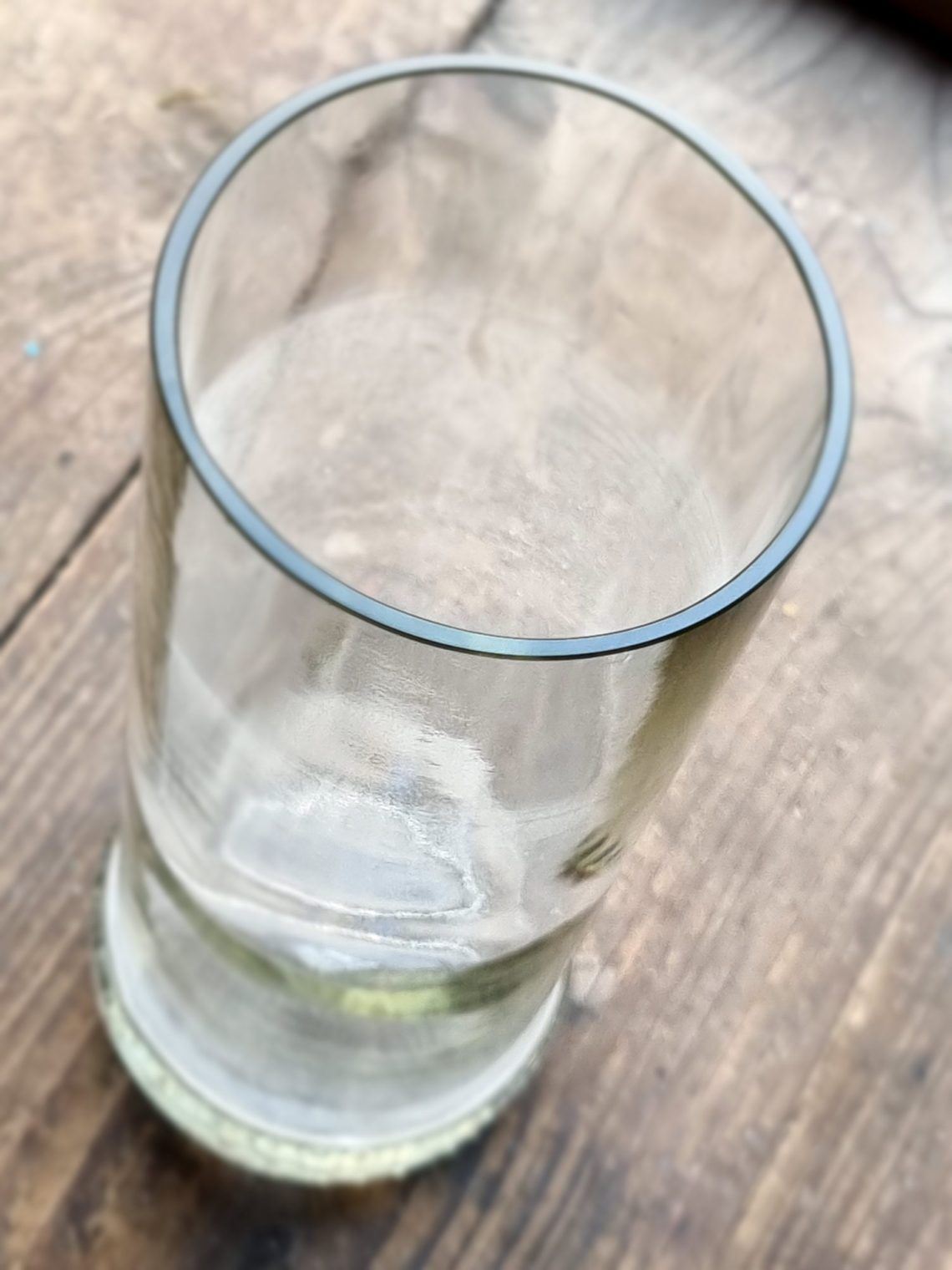
Smirnoff glass, a long story short
It was a typical upcycling project, almost like deja vu. Every step was a repetition or an exact copy of something that had already happened in the process of cutting glass containers. I sometimes find myself saying “Nothing changes, only the size and colour of the bottles”. That’s why I’m trying to tell the story short, in just a few paragraphs fortified with a couple of pictures. Upcycling glass always starts with scoring, followed by splitting and sanding. But maybe that means the process is perfectly mastered and that’s why it works every time. It’s rather predictable and repetitive than boring – that’s the thing. I’ve even come to a point when I don’t need to buy any tools, parts or consumables – the process is mechanical and mindless. As long as these supplies last, cutting and processing glass seems to be free.



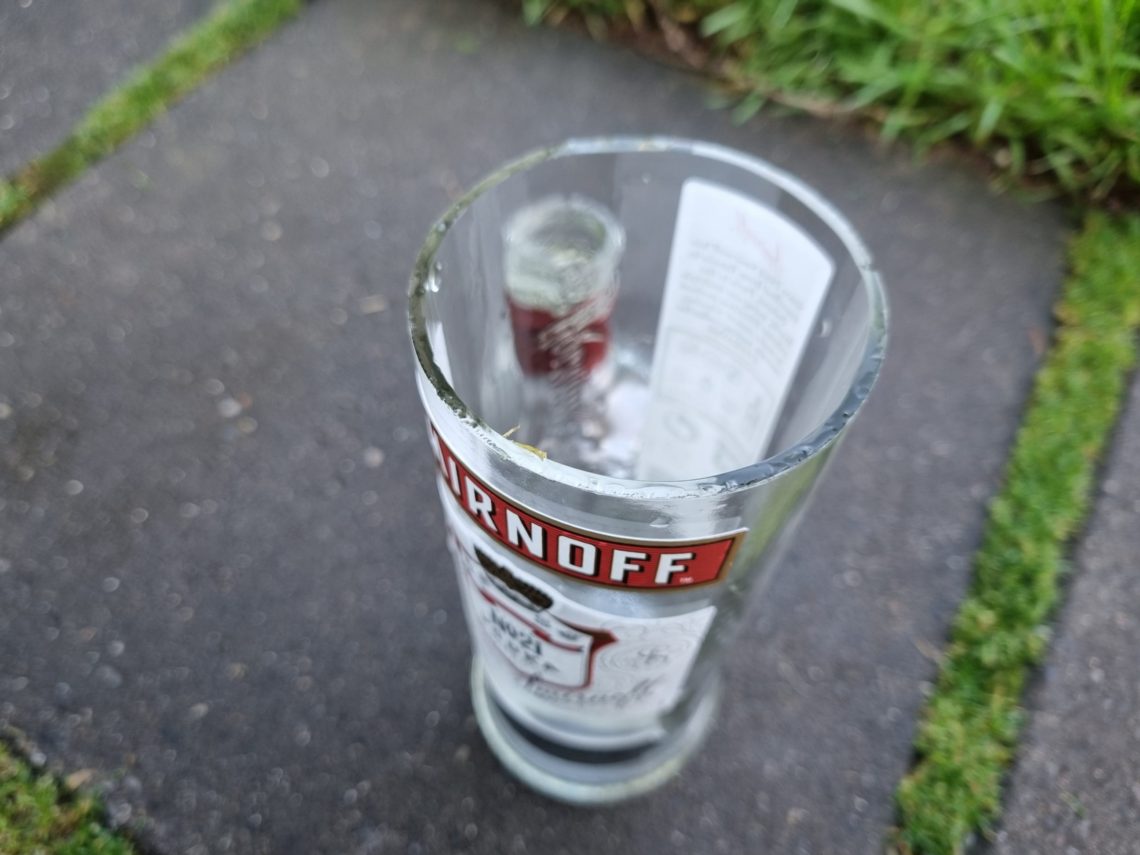
Most rejects usually occur at the beginning, and while I don’t claim to be error-free in the subsequent steps, mistakes are rare. Even with perfectly scored lines, the glass bottles don’t split as planned. It happened in this project too, but having successfully split 50% of the glass, I called it a good and acceptable result. You need to be patient and remember that after all, the stuff you cut is free.
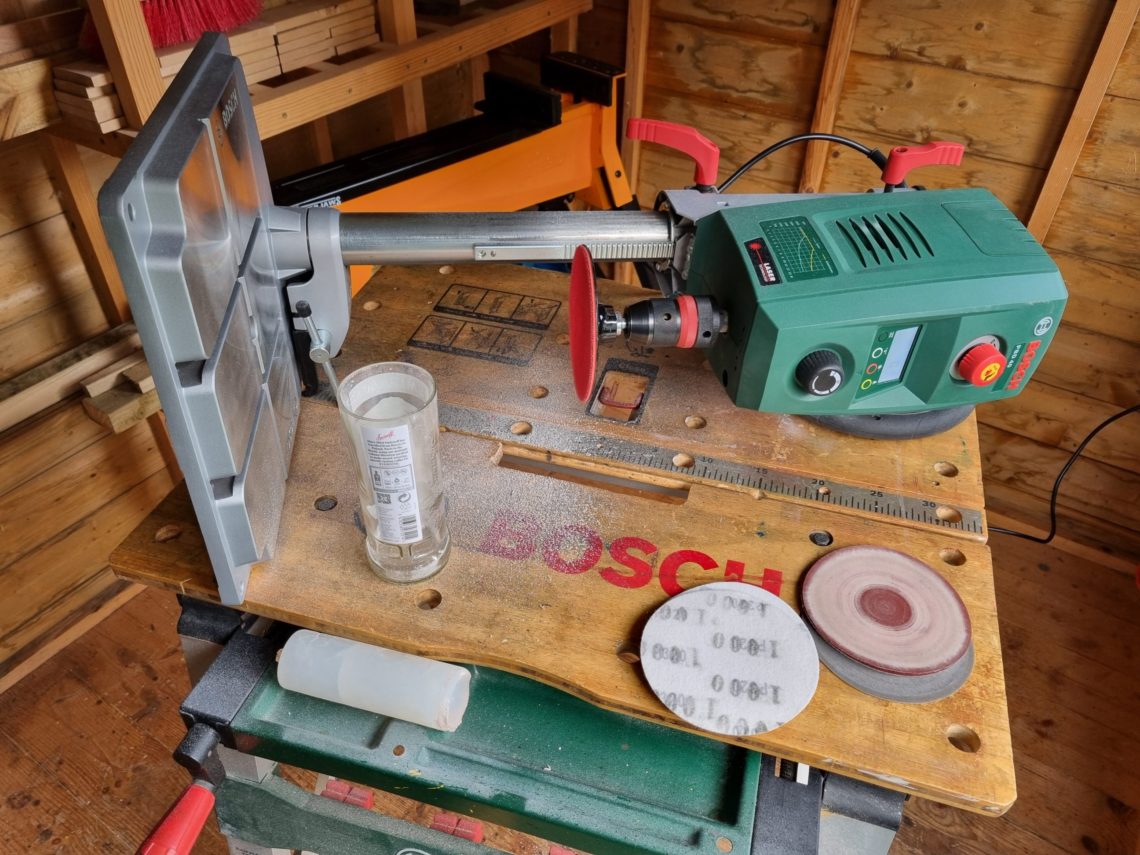


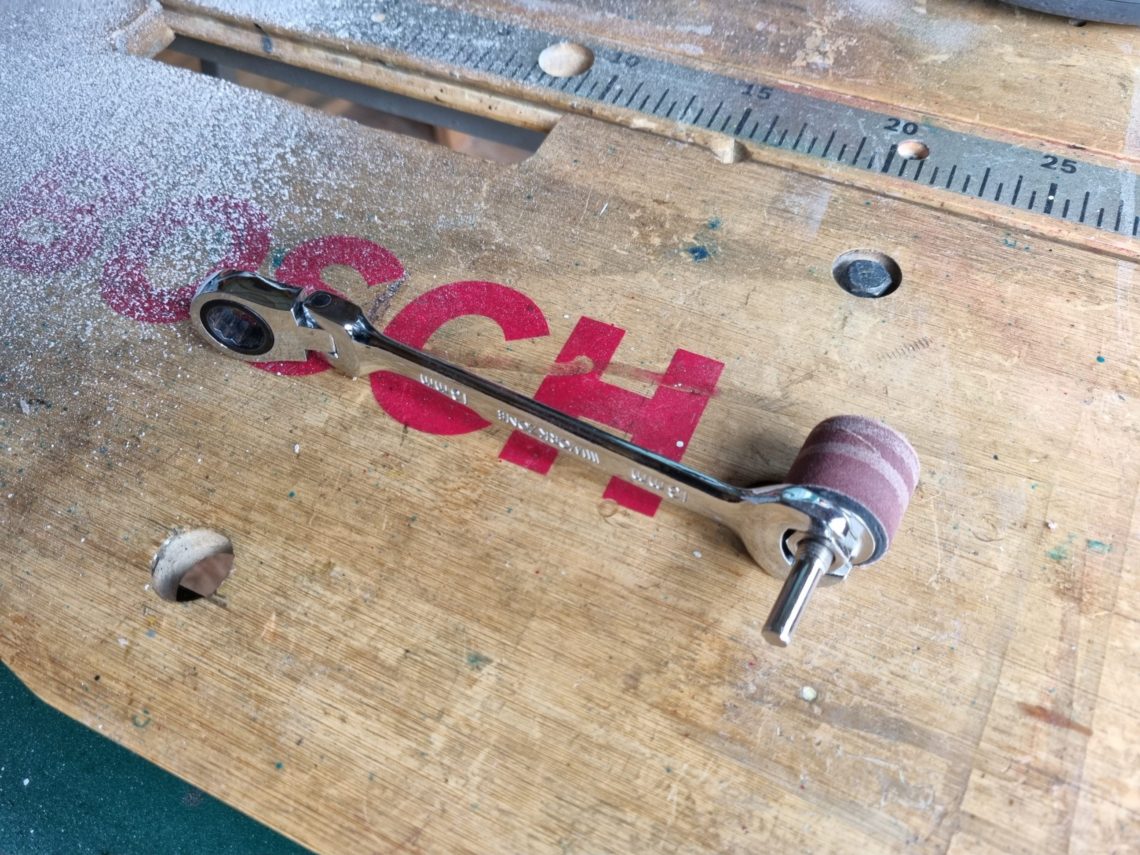
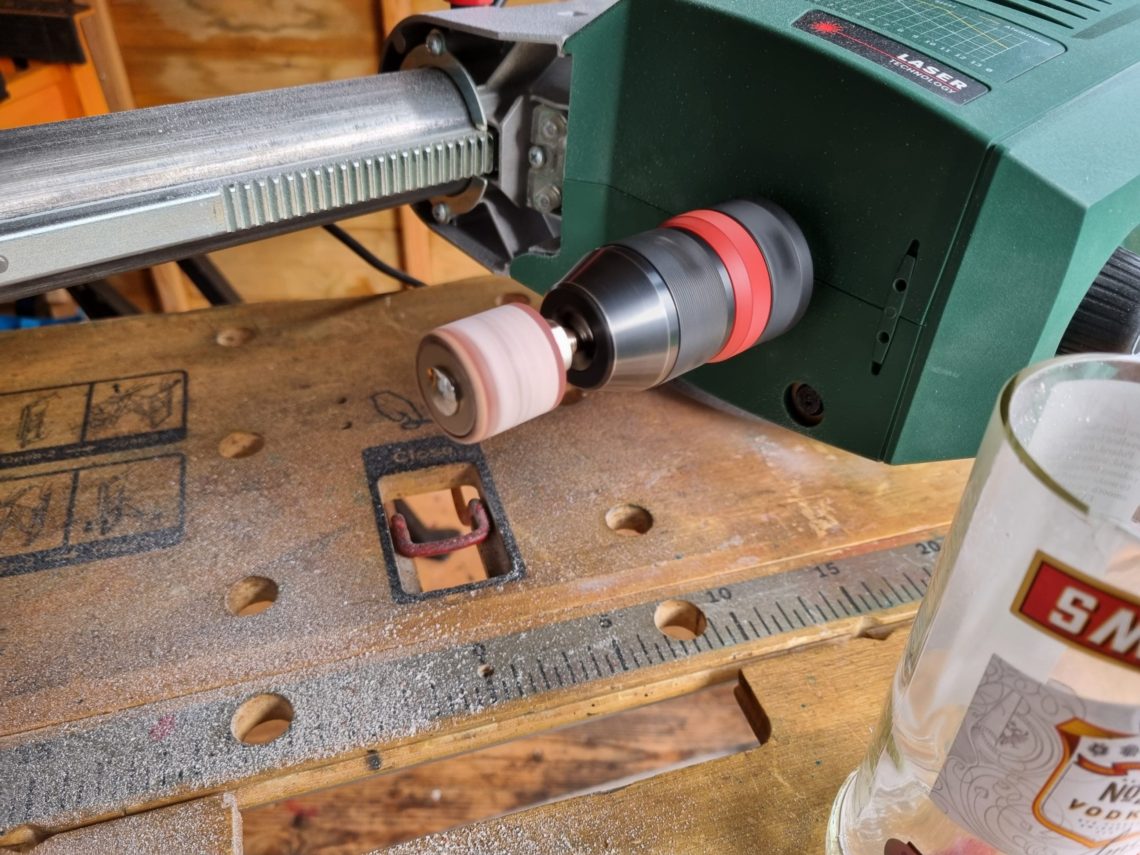
The sanding – as always, the top edge alone was sanded up to 400 grit, and then I started to sand and form the outer arris. I finished with the velcro pad at 2500 grit. Then, I switched to sanding drums and used 240, 400, and 600-grit sleeves only because that was all I had in my toolbox. Polishing with a felt disc and compound was easy and fast, focusing only on the inside arris. I buffed the glass, believing it would remove the blue compound, but eventually had to clean the glass with white spirit.

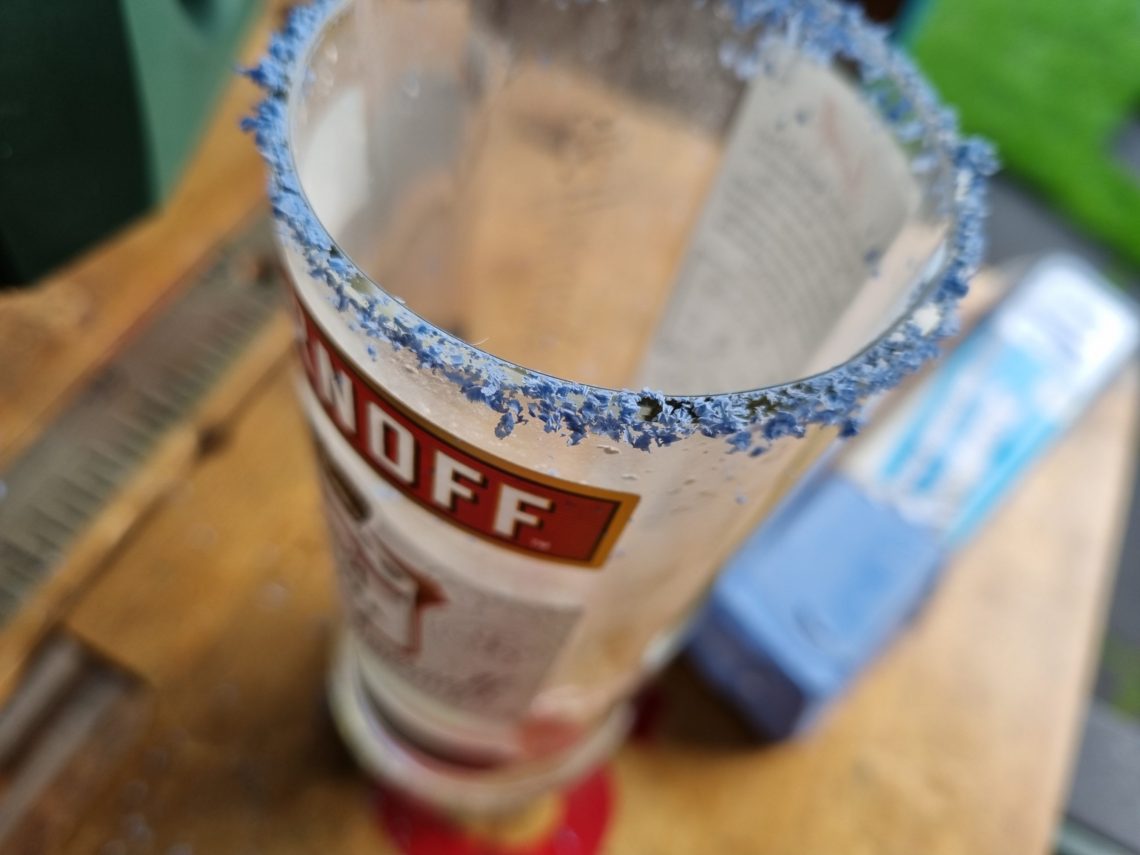
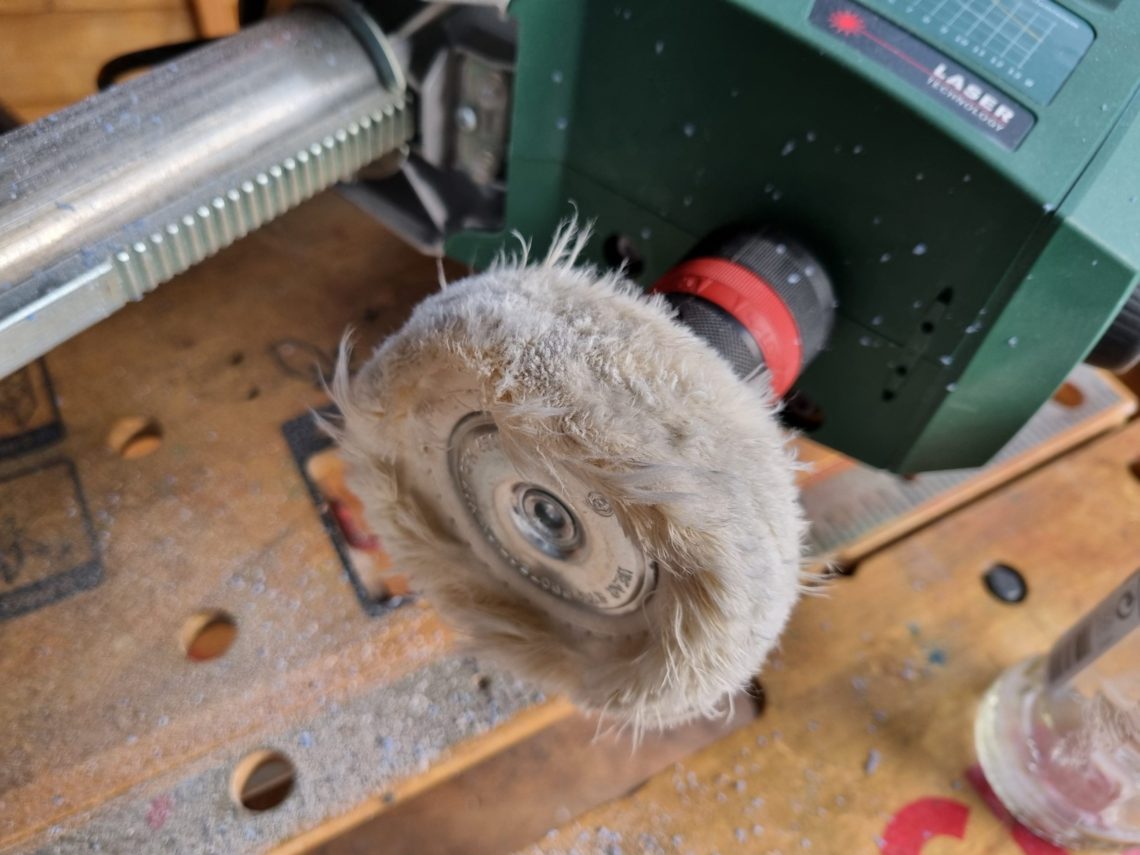


I had to use white spirit anyway – to soak up and remove the labels. They’re usually made to last, and that step is annoying and frustrating. When everything was done, I rinsed the glass and put it in the dishwasher. That was the quickest way to clean and dry the glass. I described the process in detail many times but simply couldn’t resist writing a quick summary of that 2 – 3 hour process and sharing the results! Due to the time it usually takes to finish a project like this, these bottles are not for sale – I only use them for gifts.
